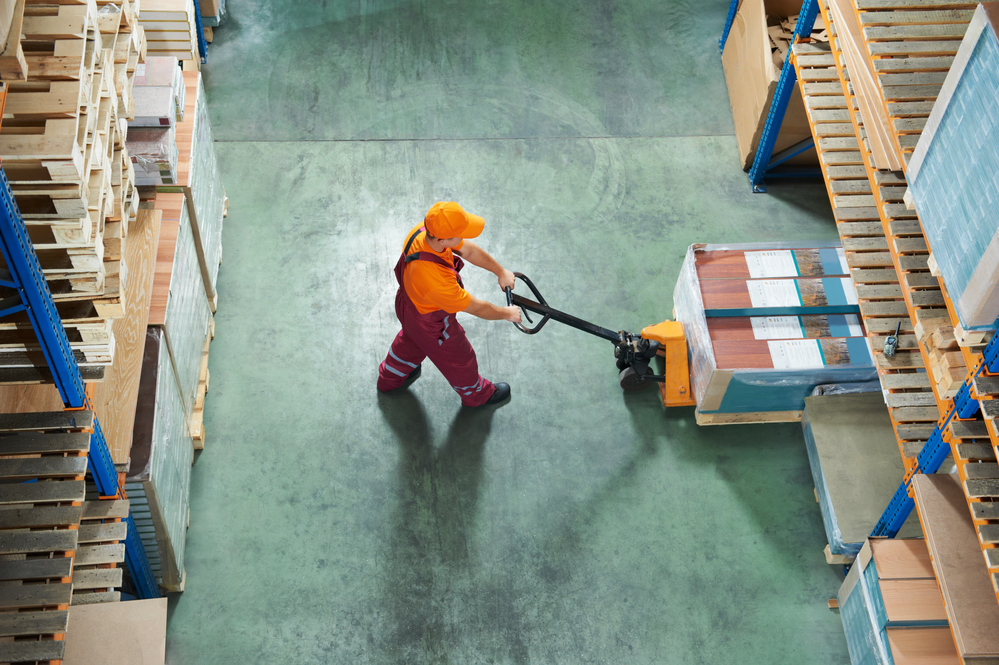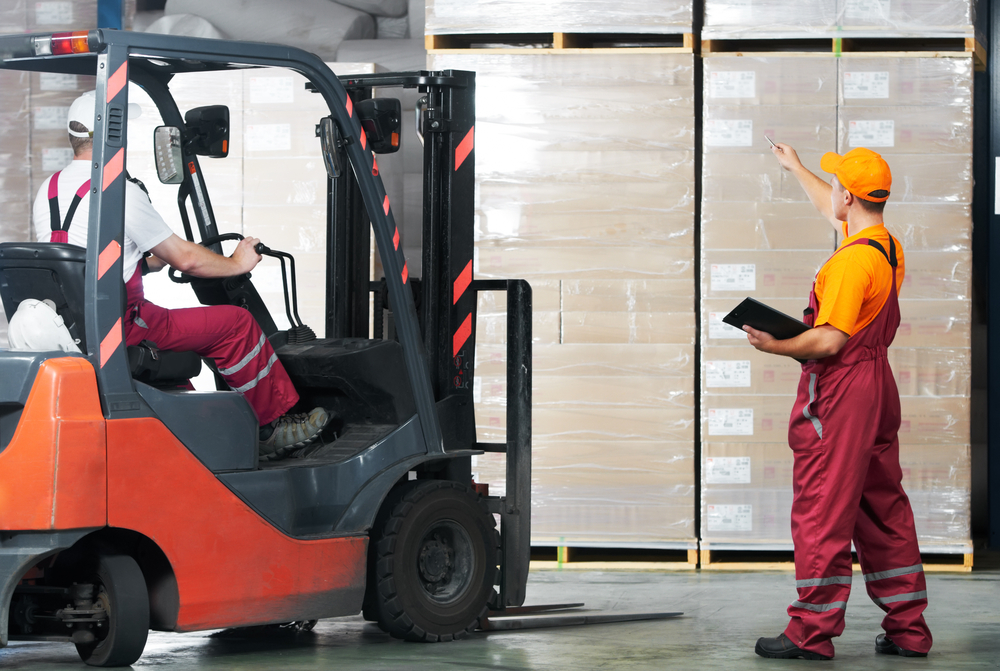Dress In Layers and Invest In Quality Working Gear for Winter Farming
Winter in this country ranges from harsh and frigid to rainy and mild so keep all these things in mind and plan accordingly. At the end of the day, the best piece of advice for winter farming is always going to be to dress in layers and always have two pairs of gloves, and an extra hat. You can always take clothes off but you may not be in a position to go home and put more on.
Another thing is the gear that you use, things like rain and mud boots, your gloves, jackets and coats, coveralls, and the gambit. It is imperative that you are using quality equipment, that it is waterproof, and insulated. The cost is worth the investment and so are keeping all your fingers and toes.
Continue To Check The Weather
You can have an idea of what the weather will be a few days before or even the night before but make sure that you check it upon rising in the morning. The weatherman is just that, a man and there’s plenty of room for error.
Pay close attention to the conditions as well not just the temperature. If there is fog or cloud cover that is going to affect the way you dress and feel exponentially.
Start Early and Pace Your Work while Farming in the Winter
In the winter months, you are going to want to start earlier with the sun setting sooner. Keep in mind that certain jobs that were less tedious in the spring, summer, and fall are going to be a little harder. Be realistic as to how much time you can really devote to a certain task.
Eat Well and Remember To Hydrate
Harsh winter conditions mean you will be burning extra calories and your body is going to require more. Fuel your body with fresh fruits and vegetables and lots of protein to keep you going.
Stay hydrated, so that your muscles and the rest of your body stay energized and mobile. Carry an insulated thermos with coffee, tea, or hot cocoa when you need something to give you a bit of warmth.
Be Prepared To Continue The Days Work Another Time
There is no shame in taking a break, know your limits and know how much is enough. Weather conditions can change by the hour it is always best to be safe and not sorry.
Tomorrow will always come with more work so make sure that you don’t injure yourself. Take care of your body, there is only one you and only you can do what you do.
Let Someone Know Where You Will Be Working
I think this is a big one but it is also one that people don’t take seriously and can overlook easily. Tell a neighbor, spouse, child, co-worker, someone where you will be working for the day. If something were to happen and you are in the snow or frigid temperatures and you passed out, got sick, or were stranded you need to know someone can help.
There are many times people leave their homes, their jobs, many different places and because they didn’t let someone know, they were unable to be helped. Make a wise decision and always let someone know where you will be and when.
Call Us For Your Agricultural Supplies
Western Packaging cares about our customers and believes in the agricultural business and its future. We offer packaging supplies and a lot more so that you can run your business effectively and efficiently. Give us a call today for all your packaging needs.


